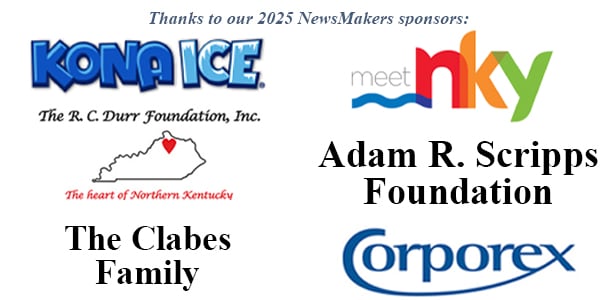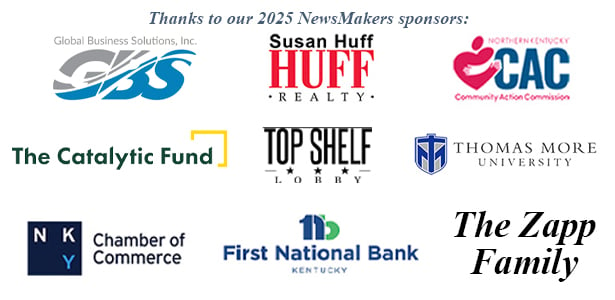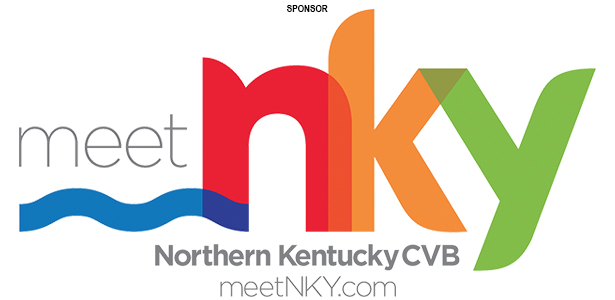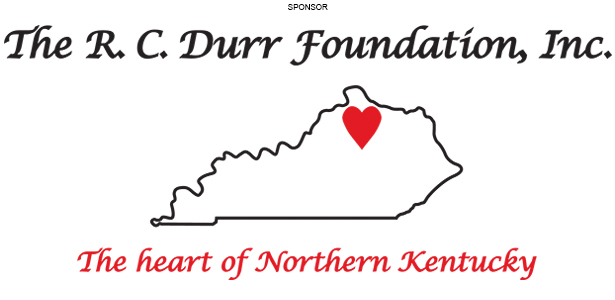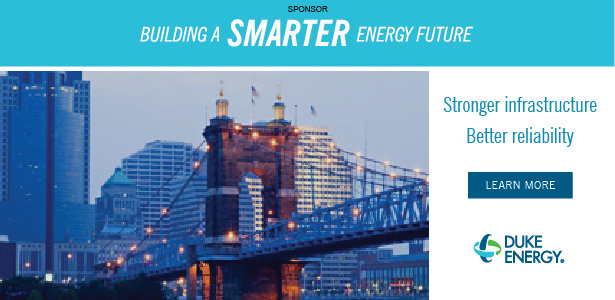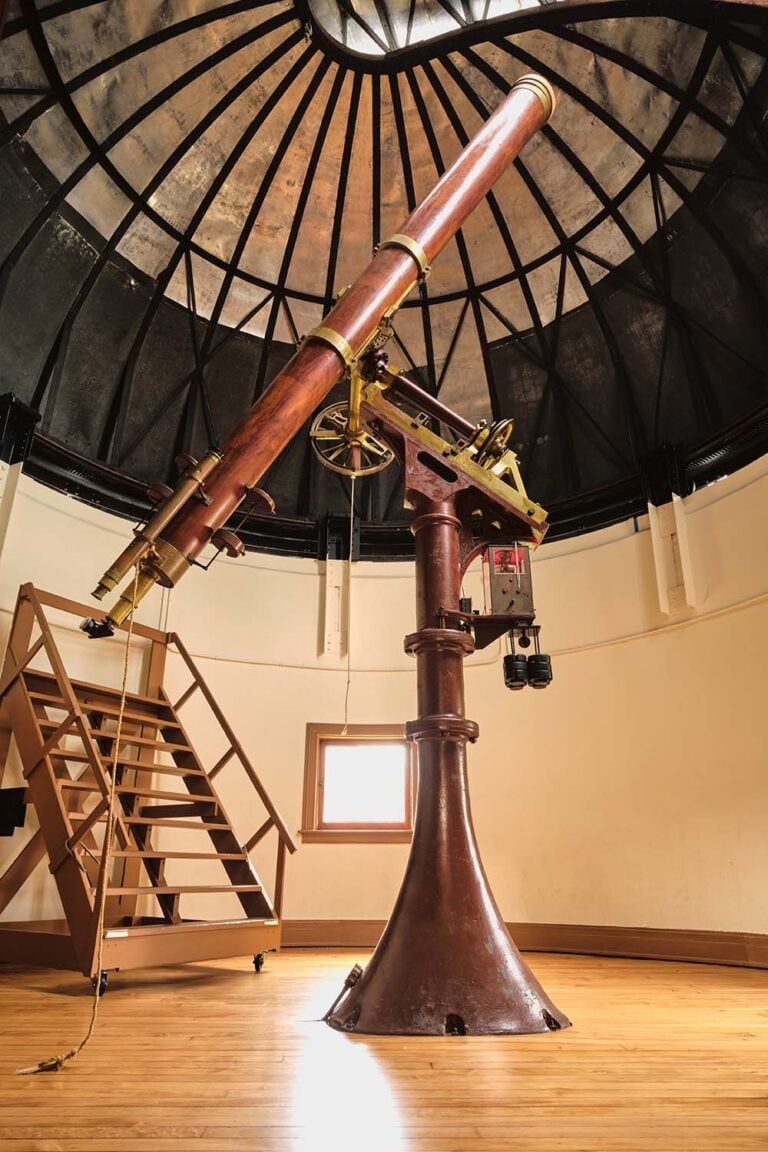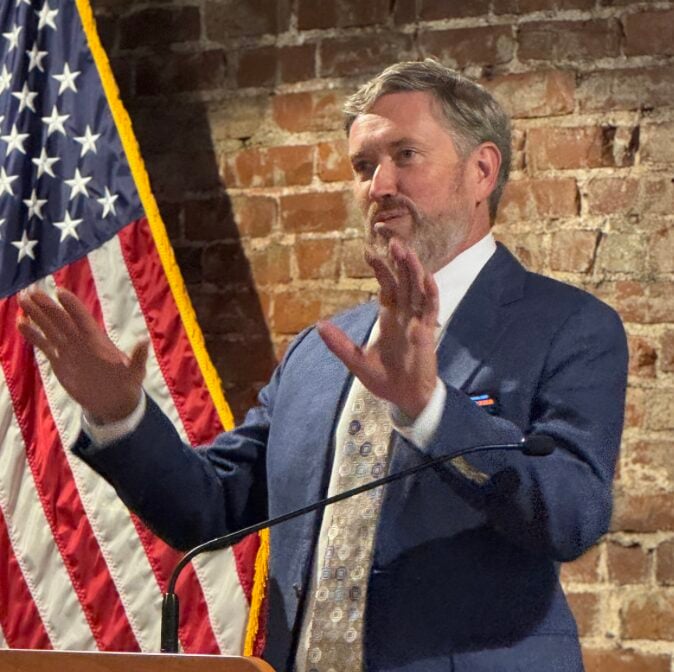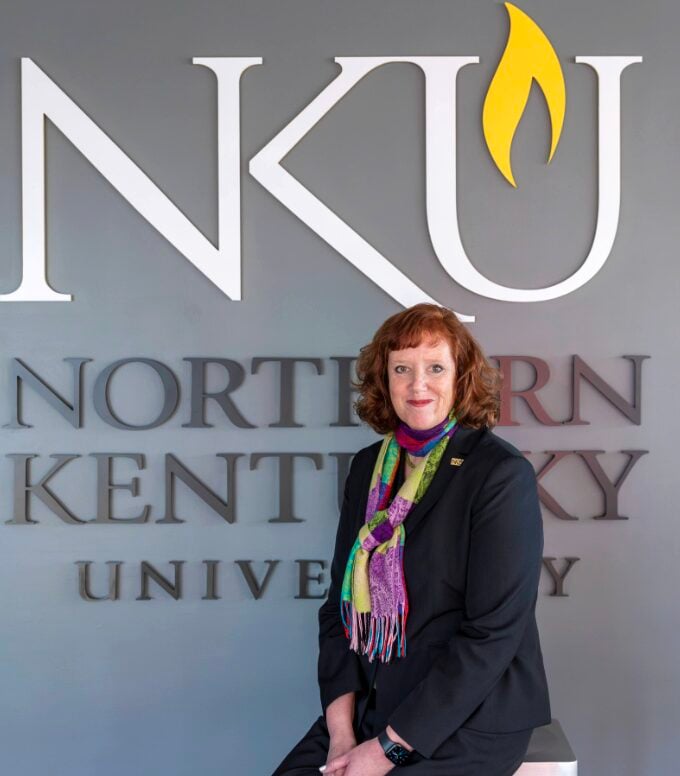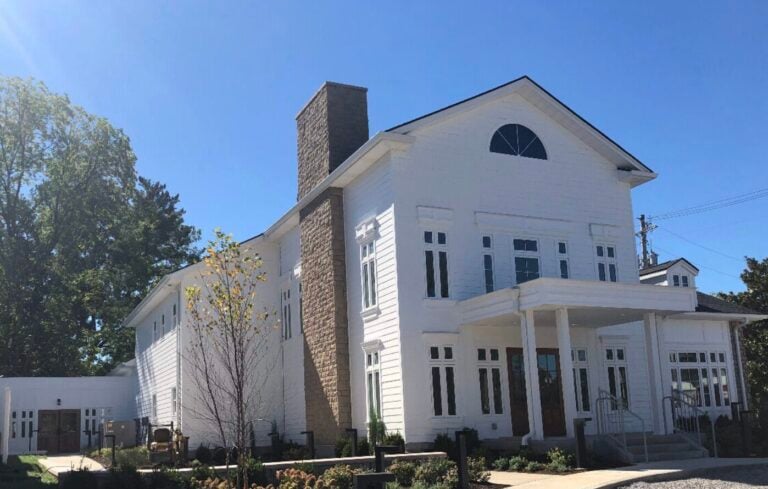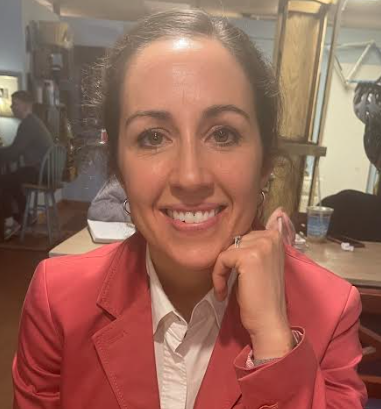Editor’s Note: This is the first of two-parts on the region’s skyscrapers
(We’re celebrating ten years of Our Rich History. You can browse and read any of the past columns, from the present all the way back to our start on May 6, 2015, at our newly updated database.
By Paul A. Tenkotte, PhD
Special to NKyTribune
For architecture, art, and history lovers, Cincinnati is a treasure trove of intact skyscrapers, both historic and modern. You would have to visit Chicago or New York City to experience anything comparable to the range of styles and periods of skyscraper construction Cincinnati has to offer, as well as the number of buildings designed by nationally and internationally known architects.
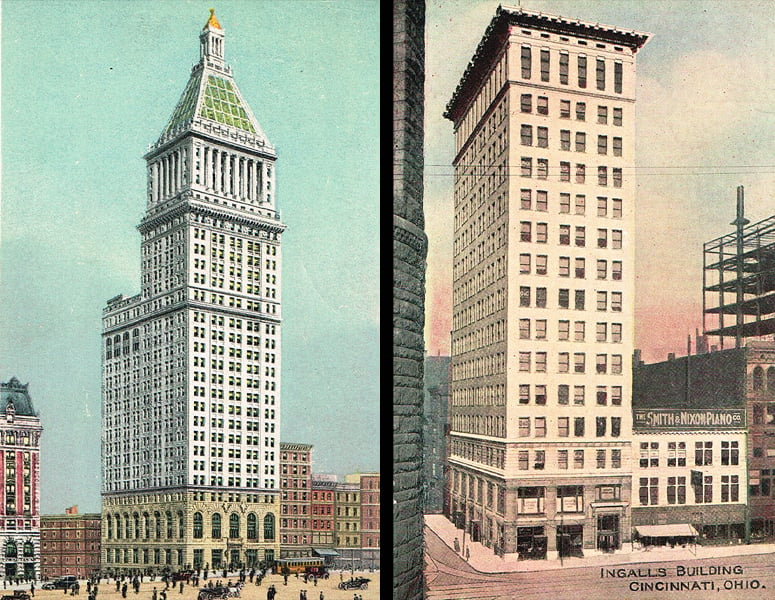
Let’s start with one of my personal favorites, the PNC Building on the southwest corner of Fourth and Vine Streets. When it was constructed in 1913, it was the 5th tallest building in the world and the tallest skyscraper outside of New York City. Designed by Cass Gilbert, along with the Cincinnati firm of Garber and Woodward, it was built as the home of the Union Central Life Insurance Company. An addition to the south, by Garber and Woodward, followed in 1927. Cass Gilbert was a famous American architect, known for his design of the Woolworth Building in New York City, which was the world’s tallest skyscraper when completed in 1913.
On the northeast corner of Fourth and Vine is the Ingalls Building, built in 1902–04, and designed by the architectural firm of Elzner and Anderson. It was the world’s first reinforced-concrete skyscraper. The contractor was the Ferro Concrete Company, which also built the new home of Coppin’s Department Store in Covington, Kentucky. Designed by James Gilmore and completed in 1910, Coppin’s became the first reinforced-concrete skyscraper in Kentucky.

The corner of Fourth and Walnut is an historic skyscraper destination. On the northwest corner is the old Bartlett Building, once the home of the Cincinnati Stock Exchange and recently beautifully restored as the Renaissance Hotel. Built in 1901 as the headquarters of the Union Savings Bank and Trust, it was designed by the famous American architect Daniel Burnham. Burnham was the major site planner of the 1893 Columbian Exposition in Chicago, and was well known as a premier city planner and skyscraper architect. Burnham’s firm also designed the building’s west addition, completed in 1914.
Cincinnati is blessed with four downtown Burnham skyscrapers. The other three are: the Fourth and Walnut Centre on the southeast corner of Fourth and Walnut, built in 1904 for the First National Bank; the old Fourth National Bank Building (built 1905; next door to the Bartlett Building on Fourth St.); and the Tri-State Building on the southeast corner of Fifth and Walnut, built in 1902 for the Cincinnati Traction Company.

Next to the Tri-State Building, on Walnut St., is the venerable Mercantile Library Building, designed by local architect Joseph Steinkamp and built in 1902. Interestingly, the Mercantile Library, one of the oldest subscription libraries in the nation, holds a 10,000-year lease on the building, for $1 per year.
On the southwest corner of Fourth and Main is the Cincinnati Gas and Electric Company building, constructed in 1930 and designed by Garber and Woodward, with the assistance of John Russell Pope. Pope is known for his design of a number of Washington, DC landmarks, including the Jefferson Memorial, the National Archives, and the West Building of the National Gallery of Art.
Another of my personal favorites is the Gwynne Building, on the northeast corner of Sixth and Main Streets. Completed in 1914, it was designed by the famous American architect Ernest Flagg. Flagg was the architect of the Singer Building in New York City (demolished), as well as the Corcoran Gallery of Art in Washington, DC.
Paul A. Tenkotte, PhD is Editor of the “Our Rich History” weekly series and Professor of History at Northern Kentucky University (NKU). To browse ten years of past columns, click here. Tenkotte also serves as Director of the ORVILLE Project (Ohio River Valley Innovation Library and Learning Engagement). For more information click here. He can be contacted at tenkottep@nku.edu.


